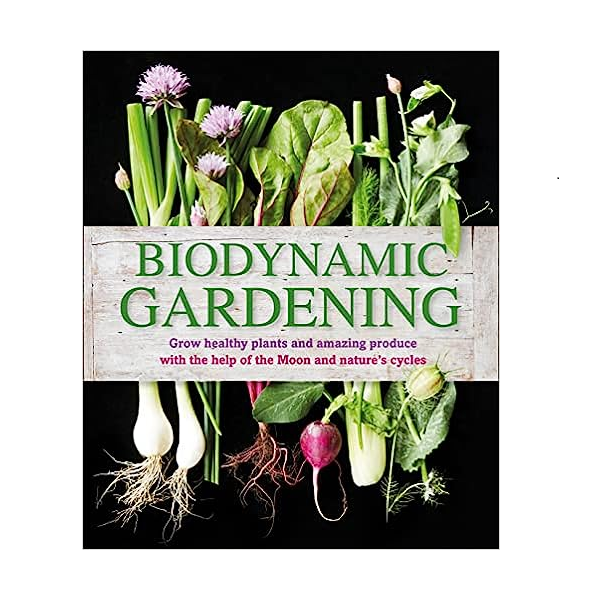This 100-year-old gardening technique for healthier plants and vegetable crops is the next step on from growing organically
This holistic approach to planting is all about cultivating a garden that's in tune with its environment
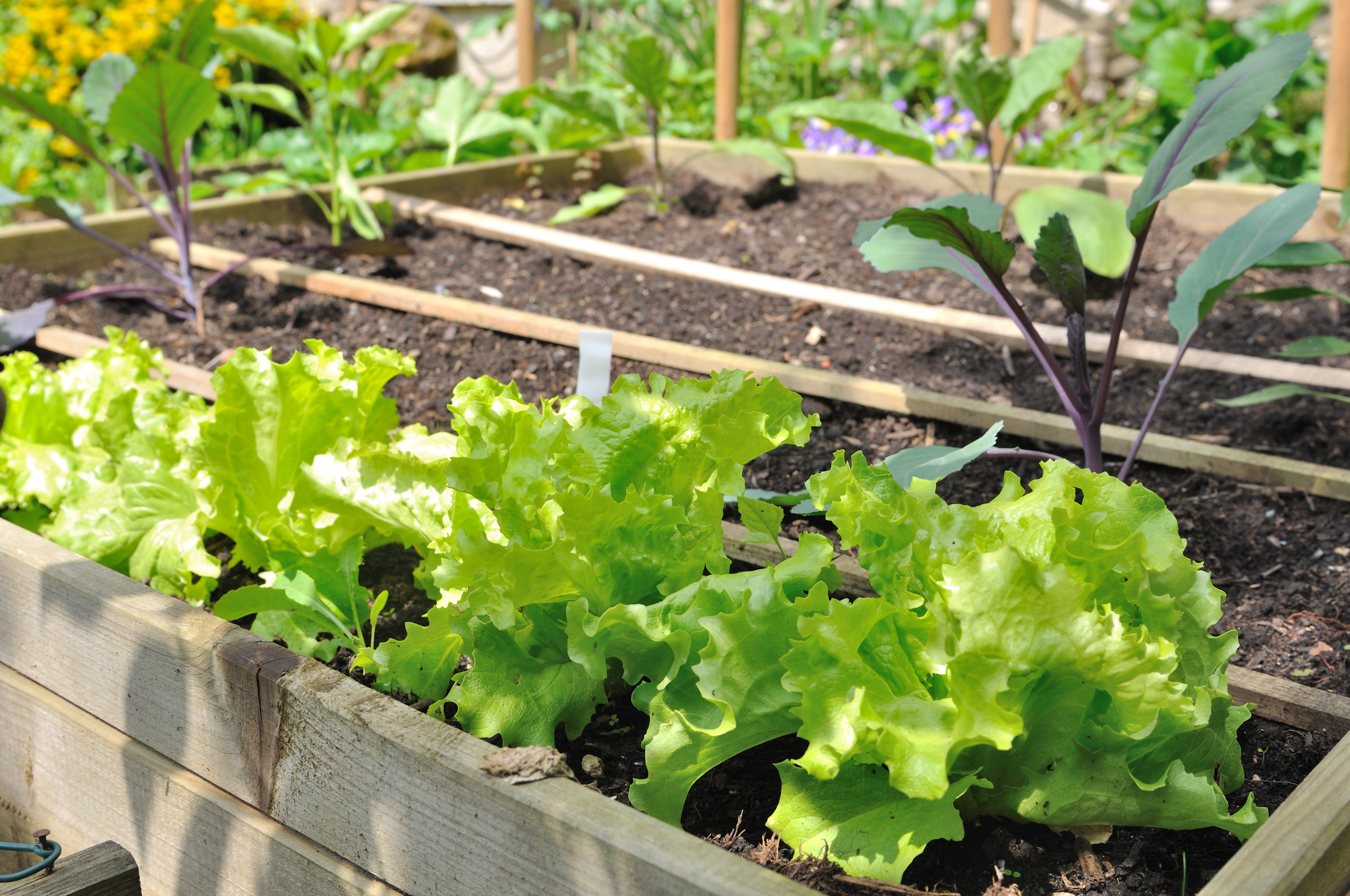

Organic gardening is on everyone's agenda, but have you ever heard of biodynamic gardening? This holistic practice takes natural planting one step further, and it can do wonders for the flowers, shrubs, and veggies you're growing in your yard.
No one can say no to healthier and happier plants, but that doesn't happen without some serious care and attention. Adopting a good watering regime, applying a fertilizer, and general maintenance of your plants are a given, but have you ever considered crop rotation, or thought about the exact composition of your soil? What about planting by the moon? It might sound a bit woo-woo, but biodynamics is all about harnessing a more holistic approach to gardening through natural methods like these, and people have reported some impressive results.
Ready for a flourishing modern garden that looks better than ever? Here, we ask two gardening experts to explain more about biodynamic gardening and how you can apply the idea to your own outdoor space.
What is biodynamic gardening?
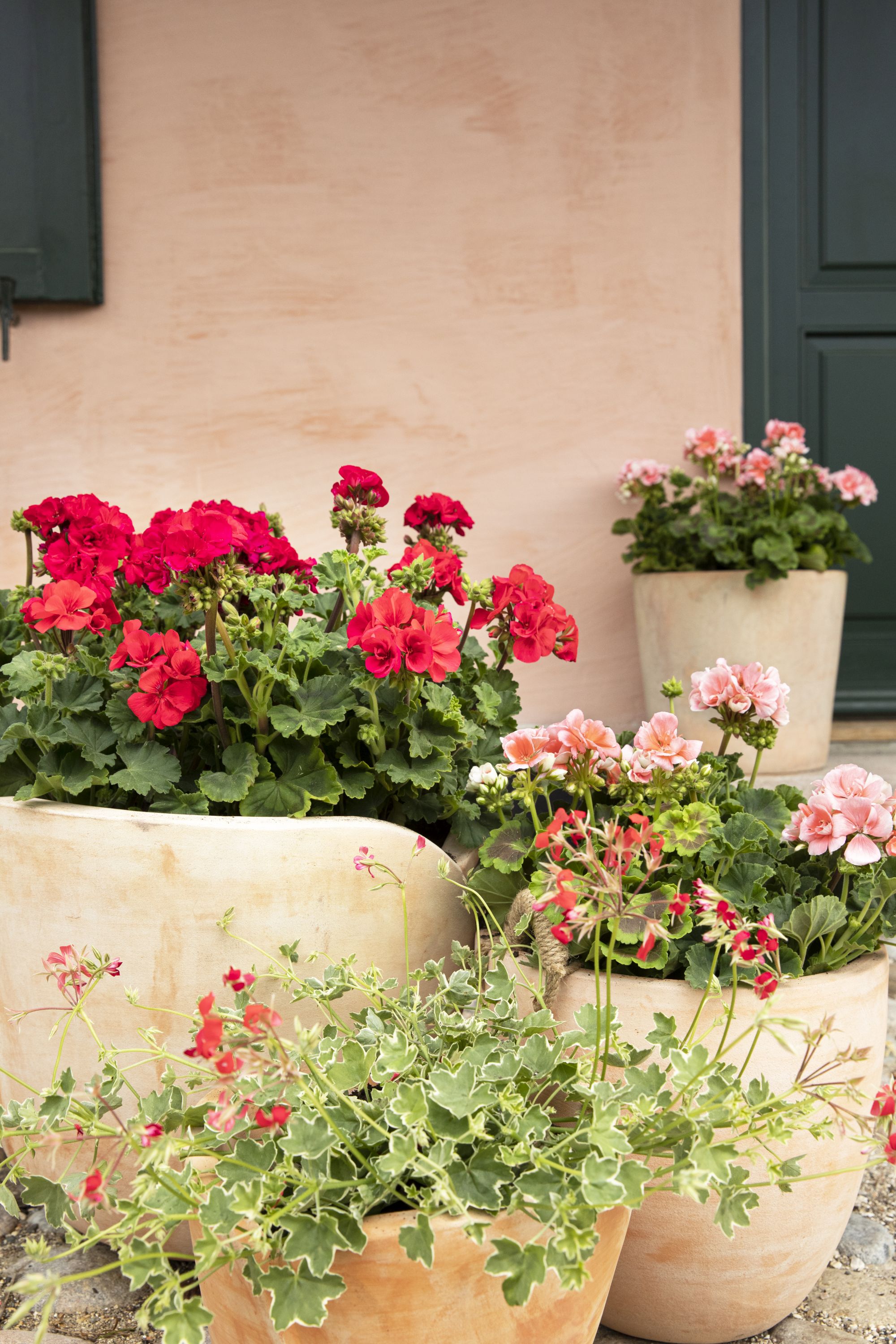
Biodynamic gardening isn't as complex as it sounds. While there are many different facets to it, the concept itself takes an ecological approach to planting that encourages biodiversity, enhances soil health, and works with - rather than against -the natural environment. While traditionally used in wider scaler farm practices, many people are now adopting the idea in their own backyards.
'At its core, biodynamic gardening is a comprehensive, interconnected approach to agriculture and gardening,' says Tony O'Neill of Simplify Gardening. 'This philosophy, rooted in the teachings of Rudolf Steiner, dating back to 1924, encapsulates diverse fields such as astronomy, plant biology, soil science, and innovative composting techniques.'
From regenerative planting to paying attention to lunar cycles, this holistic approach has many different components. According to Richa Kedia, gardening expert and founder of Nursery Lady, it's about creating a self-sustaining ecosystem. 'It uses natural preparations from plants, minerals, and manure to enhance soil fertility and plant growth,' she says. 'Gardeners work to create a closed system where everything is recycled, and nothing goes to waste.'
How should you employ biodynamic planting in your own garden?
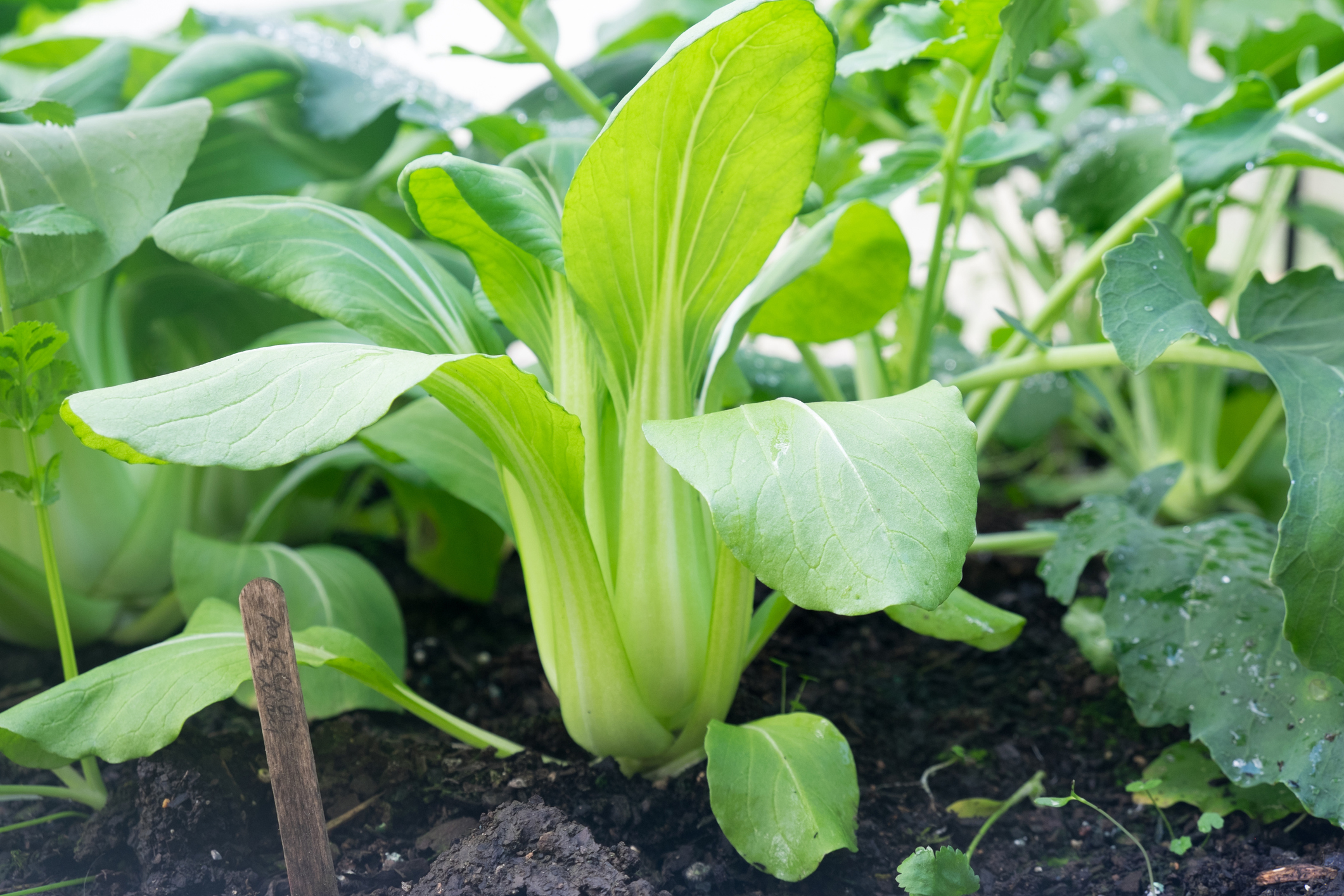
One simple way to employ biodynamics in your own backyard is by introducing biodynamic sprays that act as a kind of fertilizer. Various herbs, such as chamomile, nettle, and dandelion, can be brewed into teas that are then sprayed onto plants to boost growth, improve nutrient absorption, and enhance disease resistance.
If you have a vegetable garden, regularly rotating crops can also help to break pest and disease cycles by interrupting their life cycles while also improving the vitality of your soil. As a result, your plants are likely to grow far bigger with a more abundant yield, and the food you grow will contain minerals that are often missing from standard commercial produce.
Finally, one of the key principles of biodynamic gardening relates to the moon phases. The most important takeaway is that when the moon is changing from new to full (a period known as waxing) this is the ideal time to plant seeds that yield a crop above ground, while root crops should be planted when a full moon has passed and is diminishing (known as waning).
Does biodynamic gardening really work?
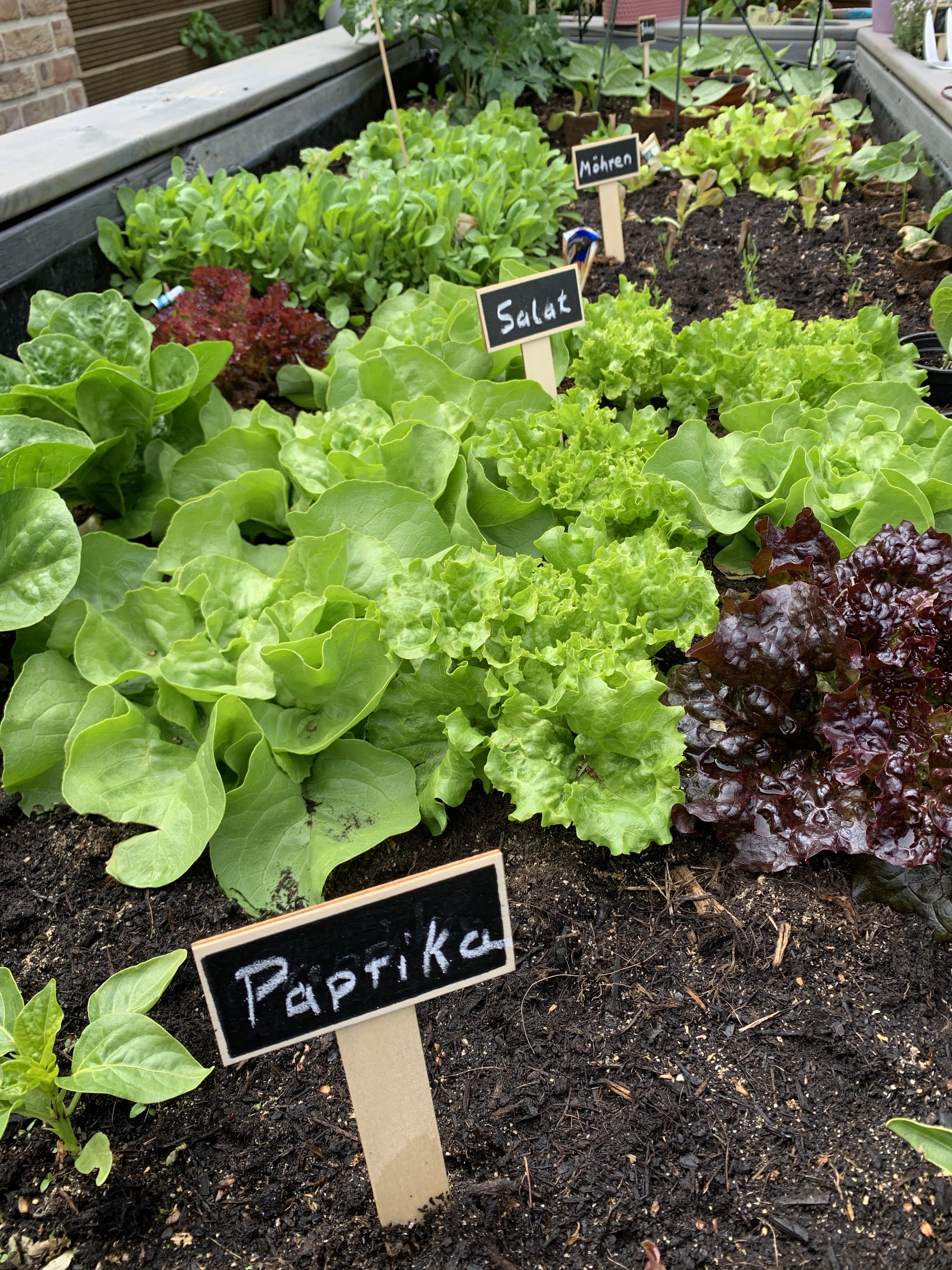
Like any "pseudoscientific" practice, people are quick to doubt the credibility of biodynamic gardening, but there's plenty of evidence out there to attest to its benefits.
'While studies are less abundant regarding scientific validation than traditional farming methods, there are some compelling findings,' says Tony, who's written about the benefits of biodynamic gardening himself. 'Research like "Biodynamic Farming and Climate Change" by John Reganold and others indicate that biodynamic methods can enhance soil quality, augment the nutritional value of produce, and boost resilience against pests and diseases.'
Compared with modern gardening methods that make use of the likes of chemical pesticides, there's also a lot to love about biodynamics and the sustainable living it promotes. 'Biodynamic gardening shares many of the same principles as organic farming, such as avoiding synthetic fertilizers and pesticides and promoting soil health through natural methods,' explains Richa.
'While there is not yet a large body of research specifically on biodynamic gardening, it is reasonable to assume that many of the benefits of organic farming would also apply to biodynamic gardening.'
What type of gardening is it best for?
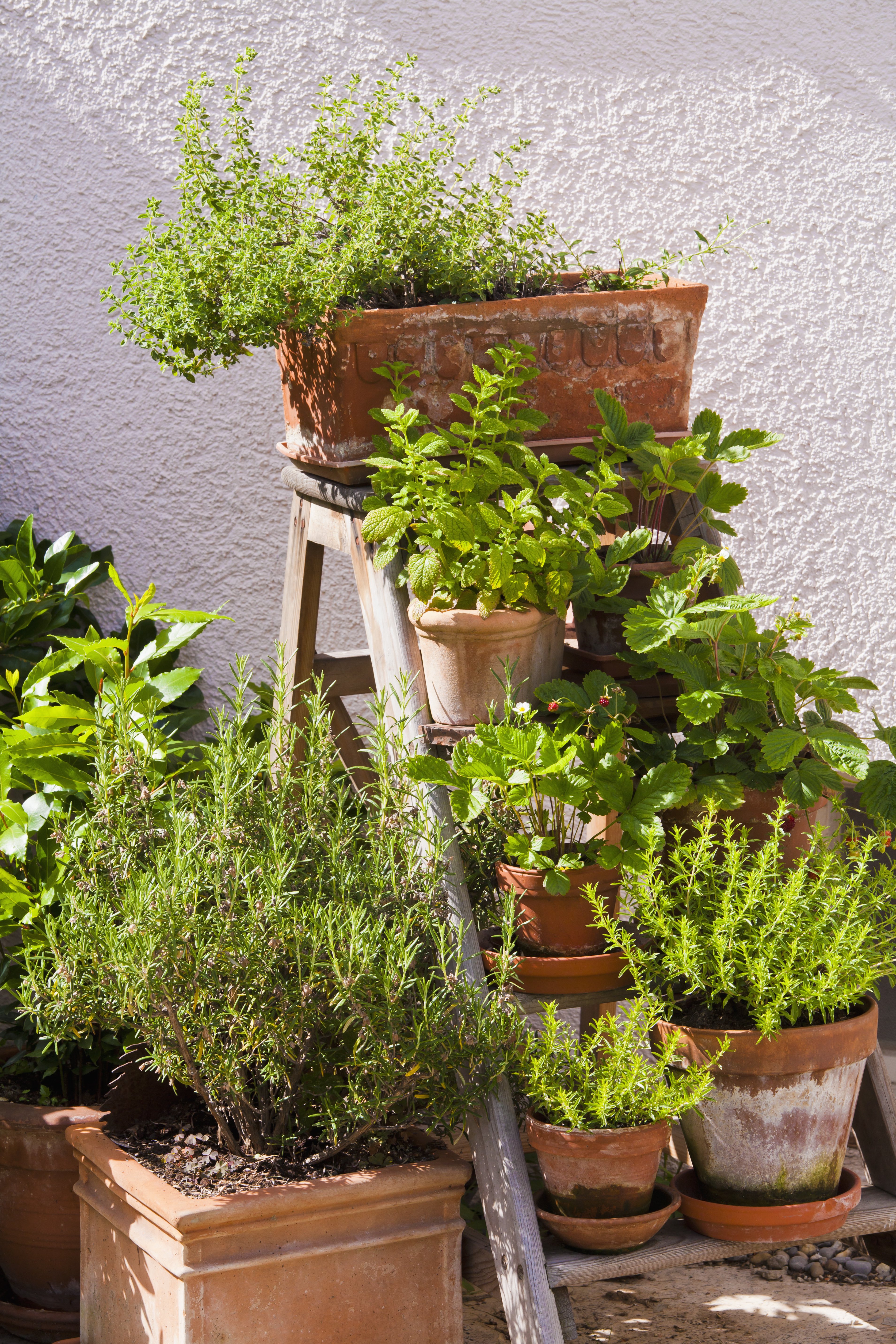
Biodynamics is best applied to vegetable gardens for better crop yields, but it can be used in any type of gardening. As Tony explains: 'The great thing about it is its versatility and ability to adapt to various plants and soil types.' Even if container gardening is the only form of planting you're used to, make sure to revitalize the soil each season and consider ideas such as companion planting for a more balanced ecosystem. It's small considerations like these that biodynamics is all about.
Another key thing to consider is your native environment. 'Biodynamic gardening is particularly well-suited for growing plants that are native to the region and have adapted to the local soil and climate conditions,' Richa explains. 'This is because biodynamic gardening emphasizes the importance of working with the natural environment and promoting biodiversity.'
What you've read here only skims the surface of biodynamics, and while it might take time to familiarize yourself with all its different facets, it's certainly a great way to become more green-thumbed. As Tony says: 'Although the approach may demand more initial effort and a new mindset, the ensuing benefits in plant vitality and garden biodiversity are profound.'
Be The First To Know
The Livingetc newsletters are your inside source for what’s shaping interiors now - and what’s next. Discover trend forecasts, smart style ideas, and curated shopping inspiration that brings design to life. Subscribe today and stay ahead of the curve.

Lilith Hudson is a freelance writer and regular contributor to Livingetc. She holds an MA in Magazine Journalism from City, University of London, and has written for various titles including Homes & Gardens, House Beautiful, Advnture, the Saturday Times Magazine, Evening Standard, DJ Mag, Metro, and The Simple Things Magazine.
Prior to going freelance, Lilith was the News and Trends Editor at Livingetc. It was a role that helped her develop a keen eye for spotting all the latest micro-trends, interior hacks, and viral decor must-haves you need in your home. With a constant ear to the ground on the design scene, she's ahead of the curve when it comes to the latest color that's sweeping interiors or the hot new style to decorate our homes.
-
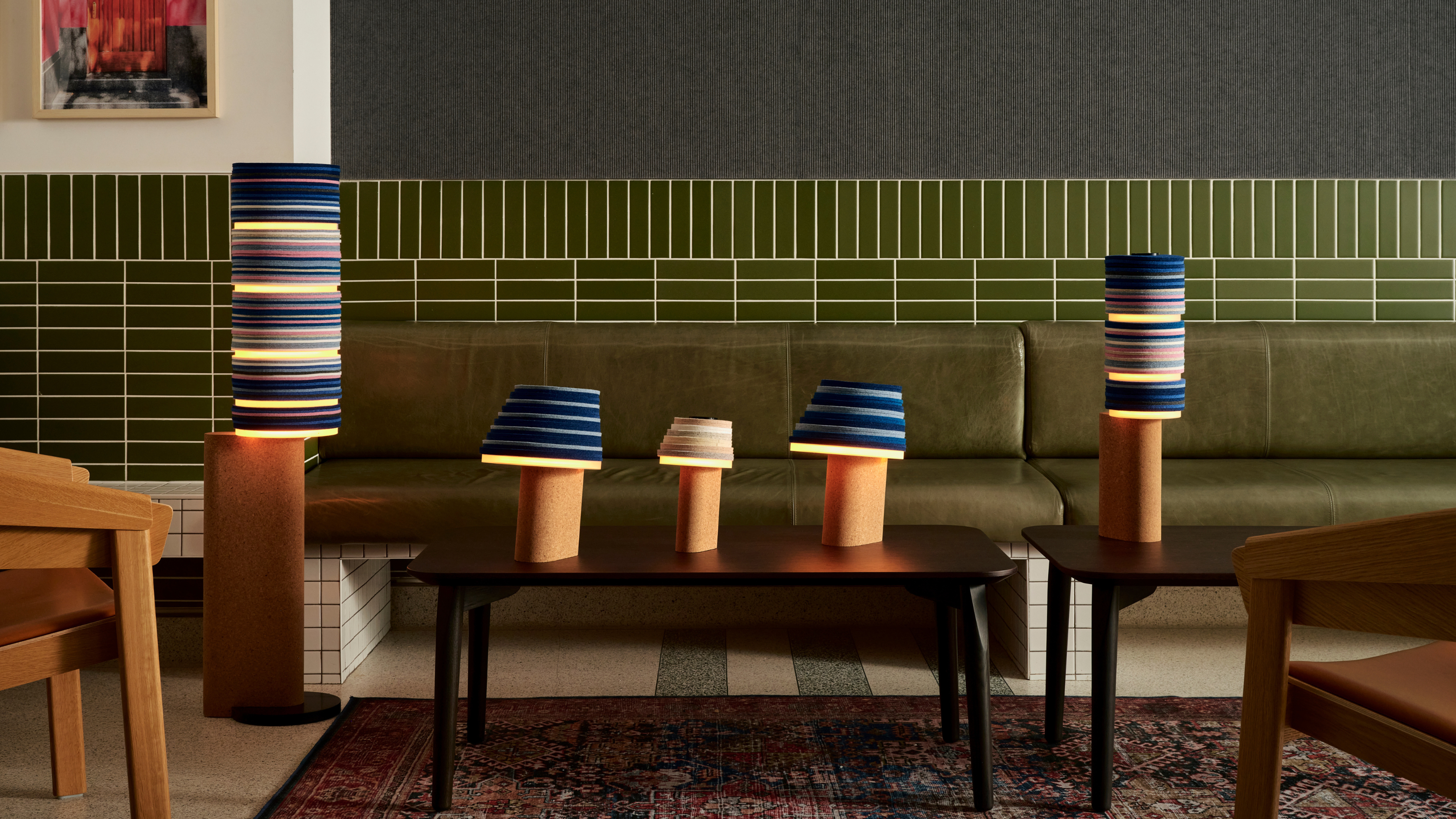 7 Sustainable Product Designs That Are Setting the Agenda for Environmentally-Conscious Homes in 2025
7 Sustainable Product Designs That Are Setting the Agenda for Environmentally-Conscious Homes in 2025From pillows made from textile waste to sanitaryware made in the world's first electric kiln, these brands are revolutionizing sustainable design — for the better
By Devin Toolen
-
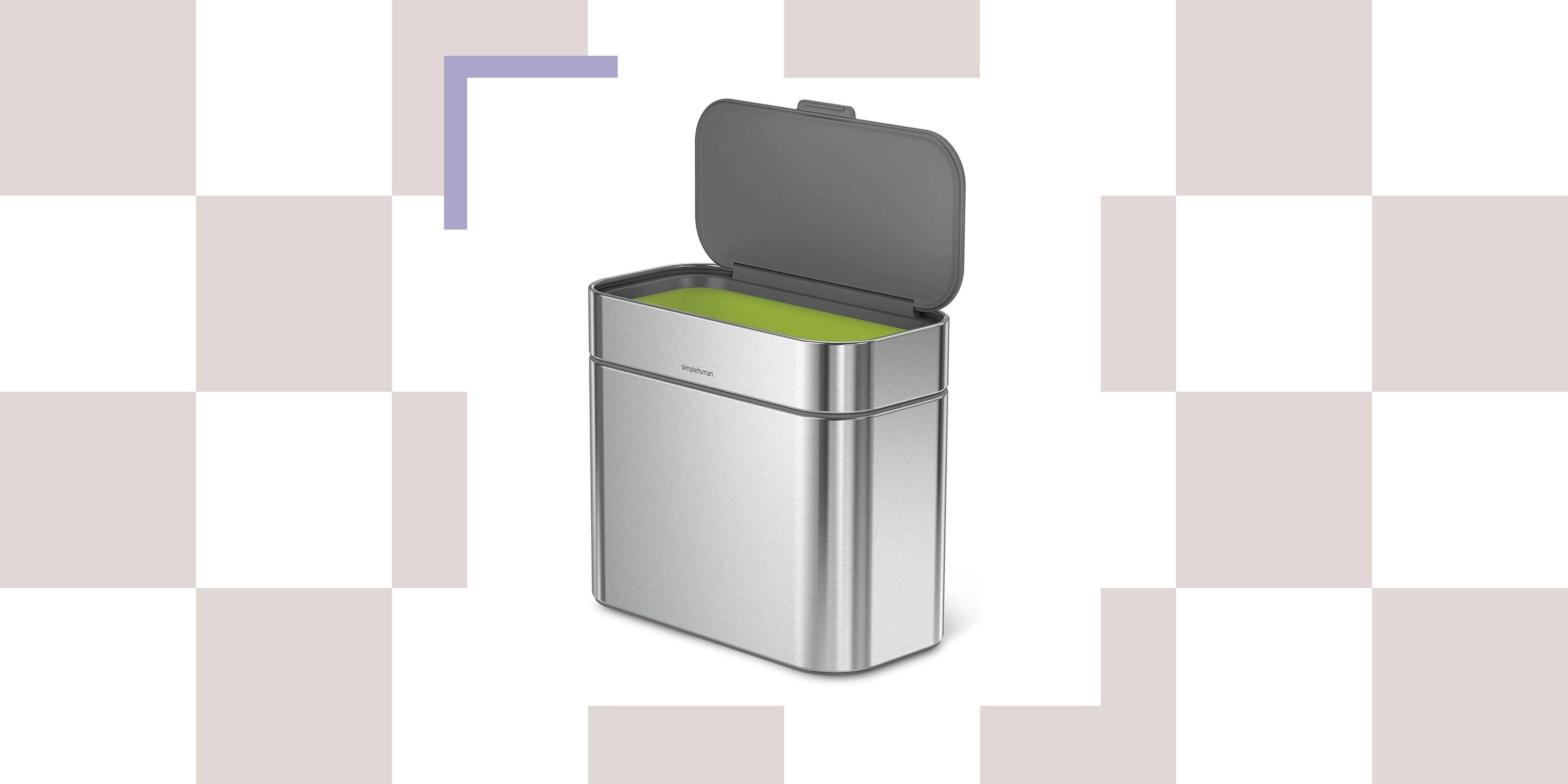 NYC's New Rules Forced Me to Find a Chic Compost Bin — Here's 7 Options Significantly Cheaper Than the $300 Fine
NYC's New Rules Forced Me to Find a Chic Compost Bin — Here's 7 Options Significantly Cheaper Than the $300 FineComposting is now mandatory in NYC. Here’s how to do it stylishly
By Julia Demer
